New research inspired by “viral factories” shows the potential of encapsulating target molecules in membrane-free compartments.
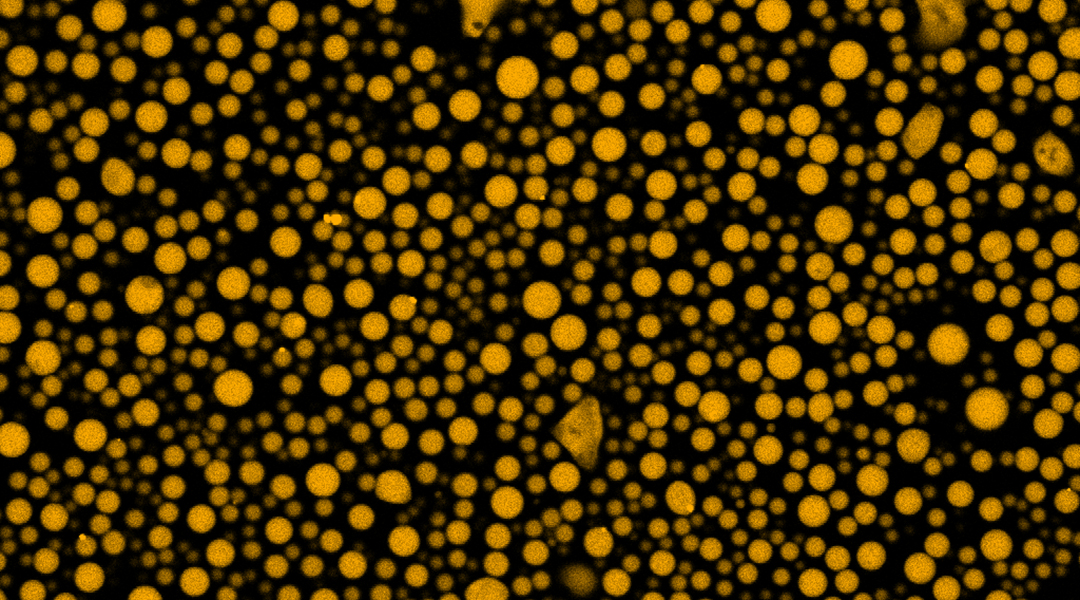

New research inspired by “viral factories” shows the potential of encapsulating target molecules in membrane-free compartments.
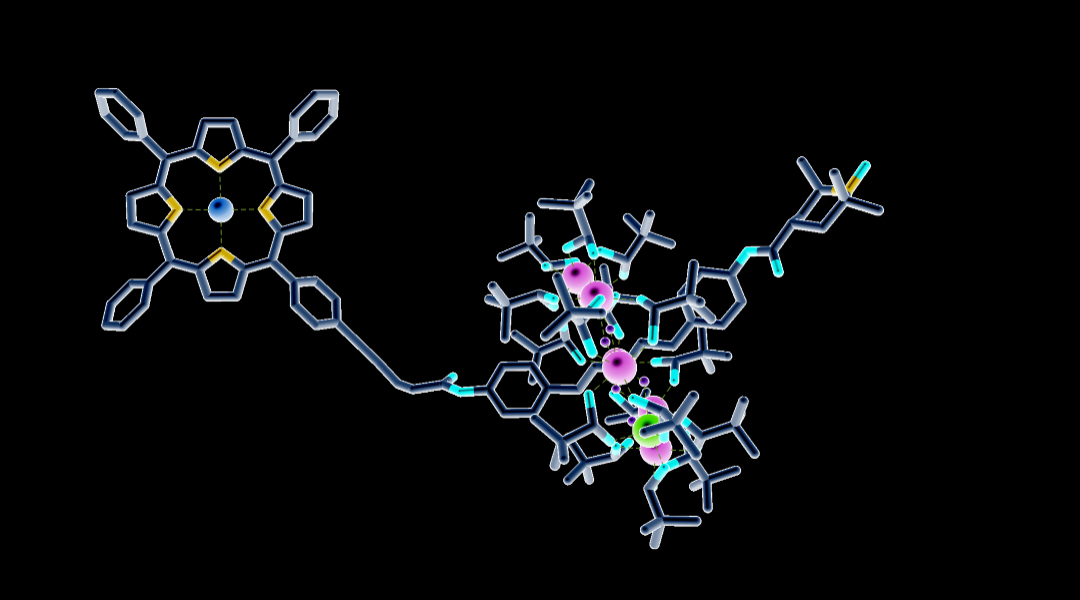
A molecular complex was built to contain three distinct qubits, offering an intriguing architecture for future quantum computers.
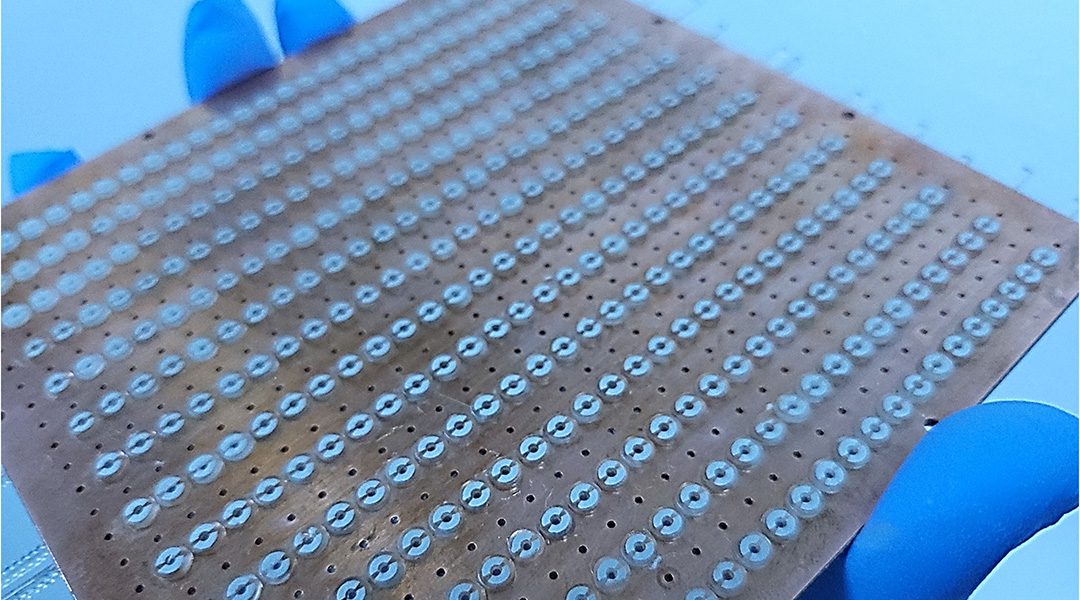
A user-friendly system consisting of units that can direct 5G around obstacles in the home aim to eliminate communication shading areas.

The power demands of the Internet of Things could be combated with computing systems that mimic biological neurons.
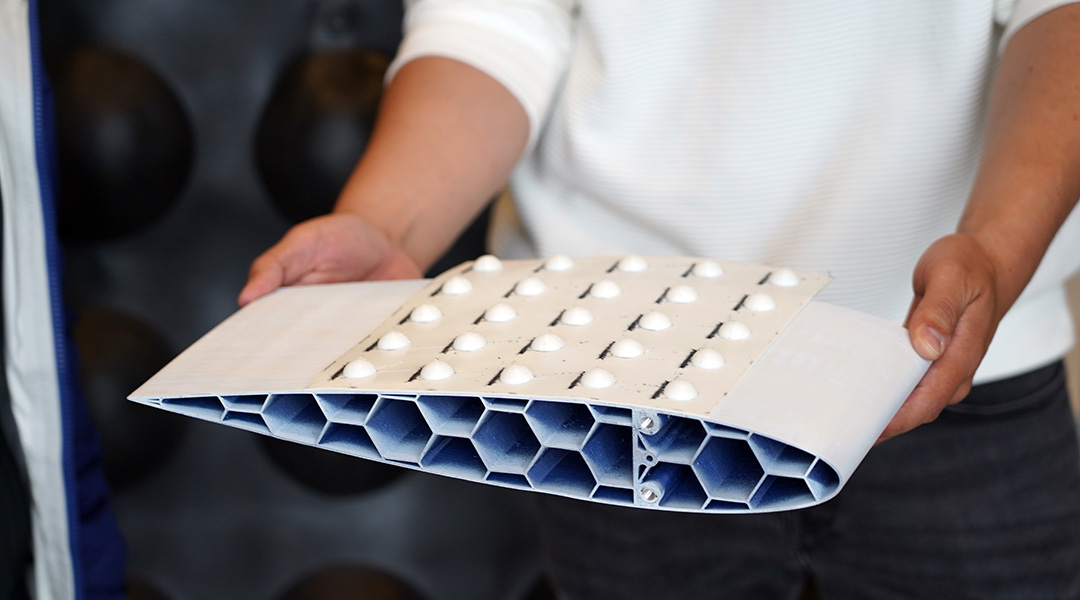
Borrowing its shape from a disposable to-go cup lid, this new drone wing adapts to its surroundings all on its own.
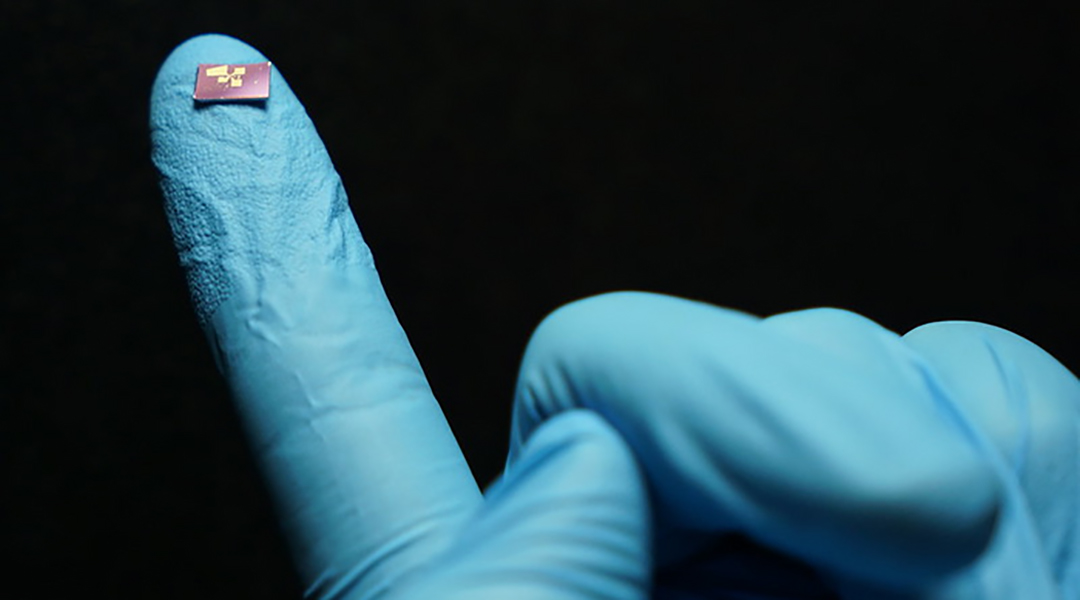
A mini, portable tool to measure light could improve everything from smartphone cameras to environmental monitoring.

Fusing data from multiple moving cameras helps robots generate realistic 3D maps of their surroundings.

With the help of machine learning, a skin-like sensor internalizes different stimuli, allowing it to read and interpret hand movement.
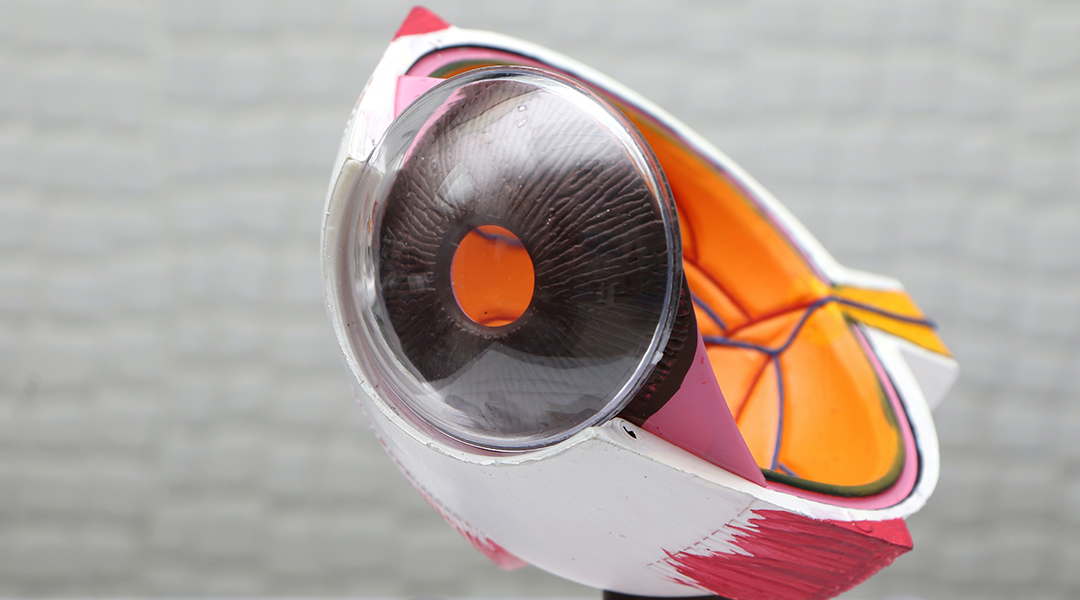
A tiny battery built into smart contact lenses produces its own power through eye blinking, relying on tears and oxygen to power its cells.

A three-unit soft actuator brings together ease of fabrication and state-of-the-art design to overcome challenges in robotics.